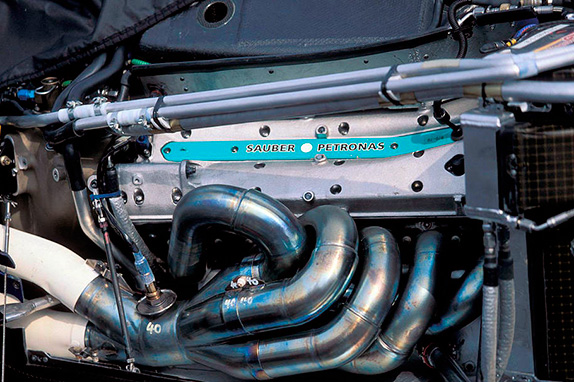Fencing for children: how old and what is the use
 On the pros and cons, what medical contraindications exist, how to choose a section, how much the classes cost – read the article.
On the pros and cons, what medical contraindications exist, how to choose a section, how much the classes cost – read the article.
Fencing came from the depths of centuries and formed into an elegant sport. This is a combat sport with the use of weapons. Opponents seek to inflict more blows (shots) to each other, while observing the rules of the fight.
Fencing is considered a noble sport and educates the child in qualities that can be useful not only in the tournament, but also in everyday life: observation; the ability to analyze the situation and make quick decisions; perseverance and willpower.
From what age?
You can start fencing at the age of 6-8, not earlier, since this sport requires a good reaction, developed speed and tactical thinking. These qualities are formed in children gradually. With a certain skill and ingenuity, you can safely go to fencers.
Medical contraindications
Fencing for children
Engaging in fencing is undesirable for diseases of the musculoskeletal system, after injuries, and problems with the spine, back, or joints; with chronic diseases of the internal organs, asthma. The main loads during fencing go to the legs (Achilles, knees, calf muscles) and back muscles, so special attention should be paid to the health of these organs.
Contraindications can also be nervous disorders, severe psychosomatic diseases.
Since fencing involves increased concentration of attention and constant movement of the gaze, fencing is not recommended if the child has vision problems. During training, there is a big load on the eyes, so before you enroll in the section, it is recommended to consult an ophthalmologist. If there is any visual impairment, exercise can only hurt.
Fencing involves the work of the whole body, so before you start practicing, it is better to consult a pediatrician.
Learn more about online sports insurance.
Boys and girls
There is no gender separation in fencing. Therefore, we can safely say that this is a universal sport, suitable for both girls and boys. Both of them can achieve success in fencing and even compete with each other.
pros
Intellectual development
This game has a positive effect not only on the physiological development of the child, but also on his intelligence. The speed of reaction, speed of thinking and analytical qualities are developing. During the game you need to always be on the alert and quickly predict the course of the enemy. It is necessary, observing the opponent, to identify his weaknesses and build a winning line for the game.
Interesting fact! Former Soviet fencers in the 90s during the privatization battles and business wars achieved significant success, being smart.
Physical development
Fencing is not a traumatic sport and has a positive effect on many body systems:
This is an excellent cardio load. Fencing has a beneficial effect on the cardiovascular system.
The body becomes hardy and hardened, immunity increases.
The respiratory system is training.
Fencing is useful for the nervous system: a surge of emotions during the fight allows the body to cope with stress, nervousness and bad mood.
Self-control and stress resistance are developing.
All muscle groups are trained.
Improved coordination of movements, agility and speed of reactions.
Minuses
Cons Fencing for Kids
Fencing training should begin with the basics. They cannot be avoided, since knowledge of how to set a step correctly, hold a weapon, strike correctly and move during fencing is the key to a safe game. The trainer should teach all this. Failure to do basic techniques threatens to cause injuries, stretching of muscles and ligaments.
It is also important to wear special protective equipment during training and tournaments: a fencing jacket (the collar must be raised and protect the neck), a mask and a glove. Failure to comply with sports outfit and safety rules also threatens injury during the game.
Fencing can affect abnormal body shaping. This is due to the fact that the load during the game is distributed unevenly: the work of the sword falls on only one side of the body; all movements occur at an angle. If you engage in fencing intensively, this can lead to the development of scoliosis (curvature of the spine) and asymmetry of the body (one shoulder may be higher than the other). With moderate training – a couple of times a week, the risk of getting these ailments is small.
Another small minus of fencing is hyper-concentration. During the game, the child constantly needs to be concentrated and keep his attention intensely. This leads to psychological stress after which rest is required.




